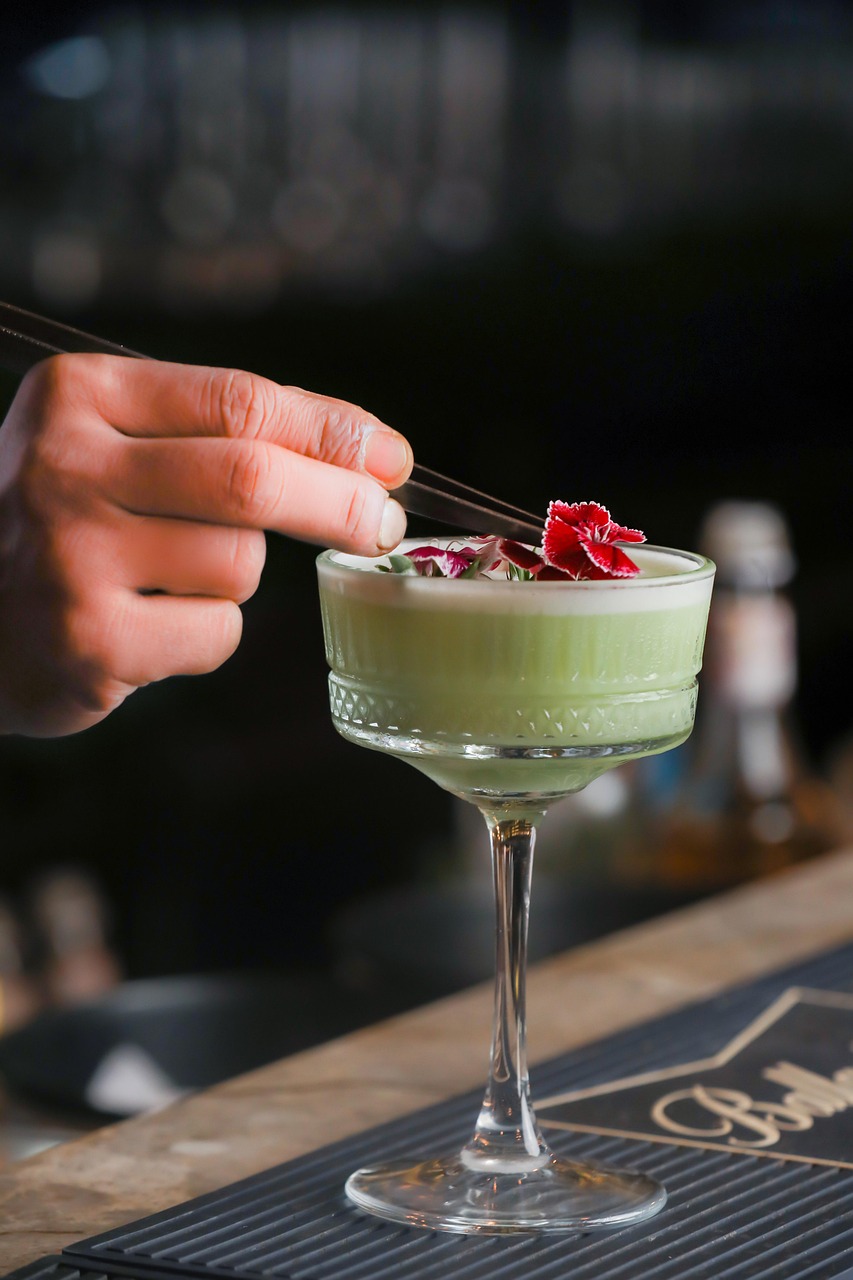Trends in artisan beverages and independent producers
Artisan beverages and independent producers are reshaping drinking culture by blending traditional techniques with small-batch innovation. From craft fermentation to creative mixology and locally sourced ingredients, these trends influence menus, catering choices, and streetfood pairings while raising questions about sustainability and nutrition.

Trends in artisan beverages and independent producers
Artisan beverages and independent producers continue to diversify what people drink and how they think about dining. Small-scale brewers, distillers, kombucha makers, and specialty coffee roasters emphasize provenance, experimental flavors, and culinary thinking that can influence cuisine and menus. This shift intersects with mixology, streetfood collaborations, and catering needs, while also prompting closer attention to sourcing, sustainability, and the nutritional aspects of new drink formats.
How is cuisine influencing beverage choices?
Culinary trends increasingly inform beverage development: producers collaborate with chefs to create drinks that complement specific dishes or entire tasting menus. This gastronomic pairing moves beyond wine to include low-ABV cocktails, barrel-aged teas, and savory sodas that echo ingredient choices in contemporary cuisine. Such crossovers expand how menus are designed, helping dining venues craft cohesive sensory experiences where beverages act as extensions of recipes and ingredients rather than mere accompaniments.
What role does mixology play for independent producers?
Mixology serves as a bridge between bartending craft and beverage production. Independent producers supply bartenders with handcrafted syrups, bitters, and pre-batched mixers that reflect small-batch values. Bartenders experiment with house-made tinctures and fermentation-derived elements, creating flavors that can scale into product lines. This collaboration supports a feedback loop: bartenders test flavors in service, producers refine sourcing and formulation, and customers encounter innovation directly through beverage programs.
How are sourcing and sustainability shaping production?
Sourcing practices have become a distinguishing factor for independent beverage makers. Local grain, seasonal fruits, and ethically harvested botanicals are prioritized to reduce transport emissions and to highlight regional flavors. Sustainability also appears in packaging choices, energy use in production, and waste reduction strategies such as upcycling spent grains or fruit pulp. These practices influence cost structures and operational decisions for small producers while providing transparency that many consumers now expect.
How do flavors and ingredients intersect with gastronomy?
Flavor innovation often comes from exploring unconventional ingredients and techniques: fermented components, spice blends, and culinary extracts enter beverage formulation. Independent producers borrow techniques from gastronomy—smoking, infusion, and controlled oxidation—to create layered taste profiles. This culinary approach encourages recipe development that respects balance and texture, whether in a nonalcoholic shrub for streetfood vendors or a complex barrel-aged spirit intended to match savory dishes.
How are menus, catering, and dining adopting artisan drinks?
Catering and dining services incorporate artisan beverages to differentiate offerings and match the evolving expectations of guests. Curated beverage pairings for events, signature nonalcoholic programs, and small-run bottles sold at venues are becoming common. Streetfood vendors also collaborate with local producers to offer affordable pairings that enhance flavors. These integrations affect menu planning, inventory, and supplier relationships for hospitality businesses seeking to present distinctive, locally rooted options.
What nutrition considerations affect beverage development?
Nutrition and ingredient transparency influence product acceptance: consumers look for lower-sugar options, botanical benefits, and clear labeling of allergens. Independent producers experiment with natural sweeteners, probiotic-fermented drinks, and ingredient-forward recipes that communicate nutritional intent without making medical claims. This article is for informational purposes only and should not be considered medical advice. Please consult a qualified healthcare professional for personalized guidance and treatment.
In summary, artisan beverages and independent producers are expanding the language of drink by integrating culinary techniques, sourcing ethics, and flavor experimentation into products and service models. These trends are reshaping menus, influencing mixology, and encouraging collaborations across dining, catering, and streetfood arenas. As consumer expectations evolve, production approaches that balance creativity, transparency, and sustainability will likely continue to shape the market without relying on broad or promotional assertions.





